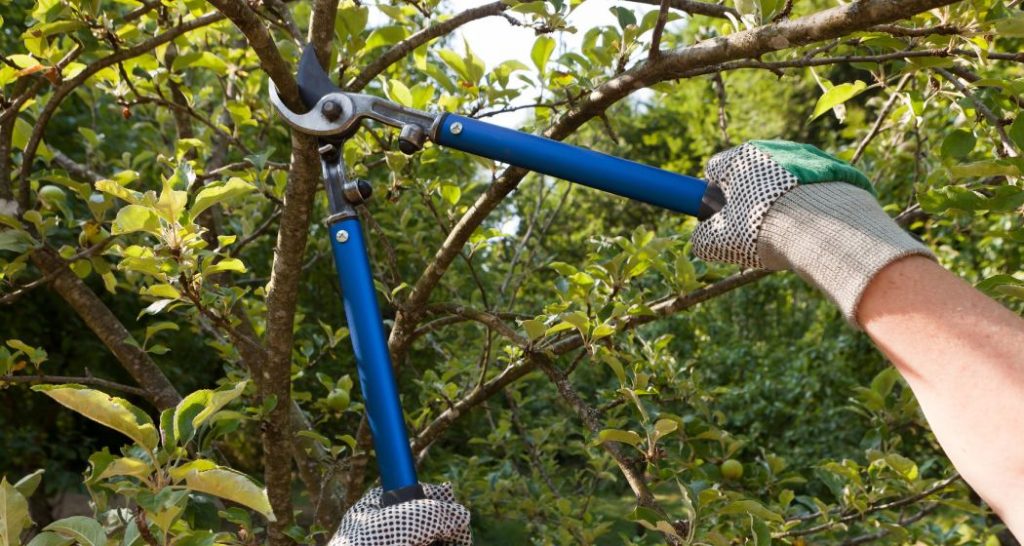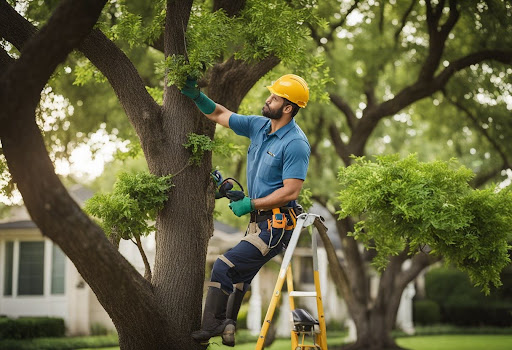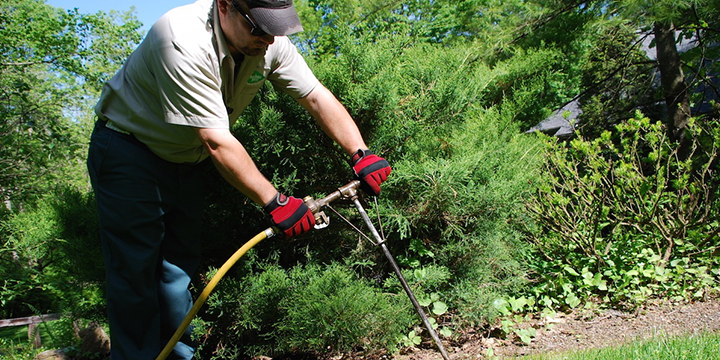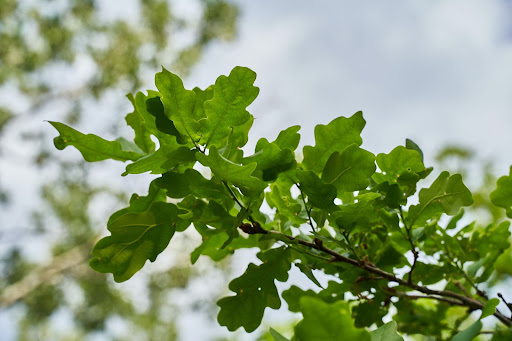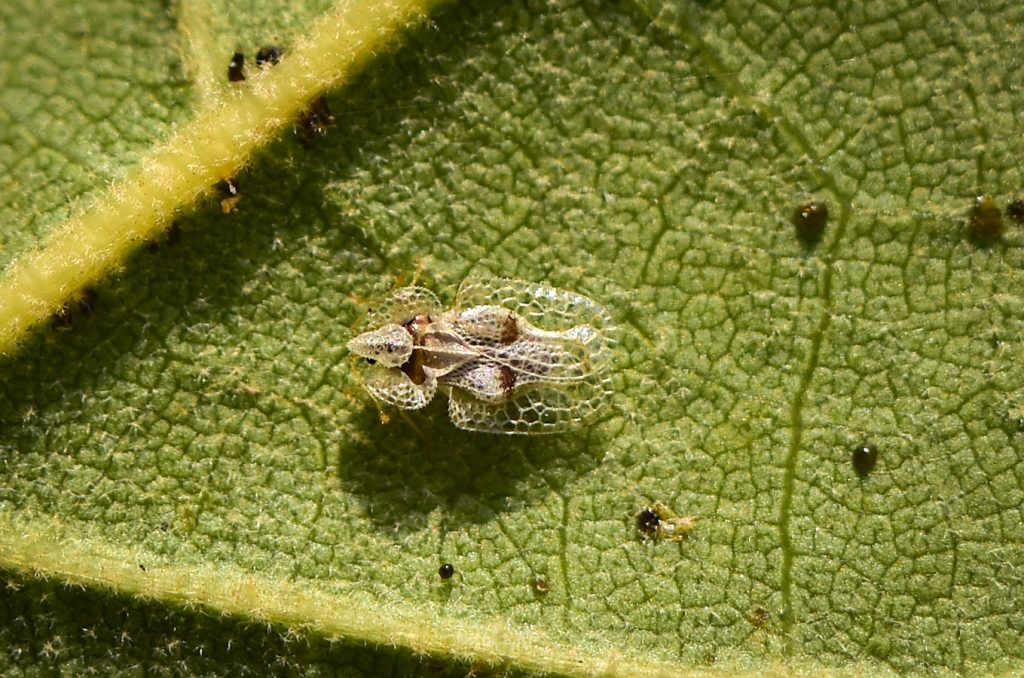
Date September 07, 2021
Category
Lace bugs are interesting, even beautiful, looking bugs. They are easily recognizable by their flat wings, which have a lacy or gauze-like texture. There are more than 140 species of lace bugs in North America, most of which you can identify by their host preference. Azalea lace bugs (Stephanitis pyrioides) and Sycamore lace bugs (Corythucha Ciliata) are prolific throughout the Eastern United States and in Texas and North Central Texas. Most lace bug damage isn’t typically serious enough to be fatal to your trees or shrubs; however, lace bug infestations can weaken your trees and cause premature leaf drop. So, if you think your tree has a lace bug problem, here’s what you need to know about these pests and seven of our favorite tips and tricks for controlling lace bug populations in your yard.
Does my tree have a lace bug infestation? Knowing what to look for:
Lace bugs have needle-like mouthparts, which they use to pierce the underside of leaves and feed on their juices, creating chlorosis in a stippling pattern. Lace bugs are not the only tree pests that make a stippling pattern on leaves, but they are the only pests that also excrete dark tar-like spots on the underside of the leaves. So if you notice a stippling pattern on your tree’s leaves — or if your trees have an overall sickly, drooping look — check the underside of the leaves. Aside from dark excrement, you might also be able to spot these pests at certain points in the lace bug life cycle, such as when the eggs are clustered around the midrib of the leaf. Or you might be able to spot the dark, wingless lace bug nymphs, which go through several nymphal instars before reaching adulthood. This usually takes 30 to 40 days. Multiple generations of lace bugs can occur in a single year, and adult lace bugs generally survive the winter by sheltering under the tree’s bark. They become active again in the spring when the trees begin to leaf out. If the infestation is not controlled, lace bugs will continue to grow in numbers and can eventually cause serious damage to your trees.
7 effective methods for controlling a lace bug infestation:
If you’ve noticed the signs and symptoms mentioned above and you think your trees have a lace bug infestation, here are seven things you can do to manage it and hopefully keep it from getting out of hand and causing serious damage to your tree.
Method #1: Maintain the health of your trees — A healthy tree is going to be significantly less vulnerable to pest infestations, so one way that you can avoid an infestation or keep an infestation from getting out of hand is to boost the overall health of your tree by using proper tree care techniques, such as a maintaining routine pruning and trimming, providing your tree with supplement water as needed, and making sure the soil is healthy and balanced. That way, if your tree suffers from a minor infestation of lace bugs, or an infestation that occurs late in the year, it won’t be a cause for panic. However, you should always monitor the infestation and the health of your tree. Pest infestations can weaken your tree and cause it to stress, making it vulnerable to secondary issues. So, take steps to control the infestation and call a certified arborist if it worsens.
Method #2: Spray the tree with a strong blast of water — If you have a minor infestation, lace bug nymphs can often be dislodged from the tree simply by spraying them with a strong blast of water. This is a great first step for controlling a lace bug infestation and keeping their populations low without introducing any potentially harmful chemicals to your yard.
Method #3: Clean up fallen debris — Immediately pick up and properly dispose of any leaves, twigs, bark, or other debris that falls from the infested tree. This is a best practice that’s good to do with all your trees, but it’s especially effective for trees with pest infestations because it helps prevent pests from overwintering in the fallen debris and re-infesting the tree in the spring.
Method #4: Wash the tree with soapy water — Some pests, including lace bugs, can be smothered by simply washing the tree with soapy water. Even a mild soap like Dr. Bronner’s liquid soap can be effective in combating lace bugs. Just use four to five tablespoons per gallon of water. If you want to take things a bit further, you can try washing the tree with insecticidal soap. This method is generally safe, effective, and low in toxicity. When using an insecticidal soap, be sure to follow the instructions on the container carefully.
Method #5: Use Need Oil — If the soapy water or insecticidal soaps aren’t strong enough to eradicate the problem, you can spray them every two weeks with Need Oil. This is another organic measure that’s highly recommended for controlling lace bug populations.
Method #6: Let natural enemies do their thing — Natural enemies of lace bugs, which includes parasitic wasps, assassin bugs, lacewing larvae, lady beetles, jumping spiders, pirate bugs, and mites, are generally pretty effective at keeping the populations of lace bugs down. Some of these predator insects, such as lacewing larvae, can be purchased online and allowed to roam your yard to feed on the unwanted pests infesting your trees. This is one of the top reasons why you should avoid using insecticides. Catch-all insecticides kill most insects, including ones that are neutral or even beneficial to your yard. Avoiding insecticides allows predatory pests to do their thing and balance the natural ecosystem of your property.
Method #7: Use insecticides — If you do need to use an insecticide, we suggest calling a certified arborist who is knowledgeable and experienced in both diagnosing tree pests as well as in the use of pesticides. Misusing pesticides can be dangerous and cause more issues than fixing them, so it’s best to let a professional handle this task.
TreeNewal’s ISA Certified Arborists are pest and disease control experts!
If you think your trees are under attack by pests or diseases, you should contact a tree care specialist in North Texas. At TreeNewal, we have multiple ISA Certified Arborists on staff, as well as a team of highly qualified tree care experts. We have the best tree doctors Dallas-Fort Worth has to offer, each of whom is extensively trained in tree disease and pest control management. Our arborists care about tree health care in all stages of the tree’s life cycle. Aside from pest and disease control, TreeNewal offers a full range of expert tree care services, such as tree trimming, tree pruning, root aeration, and more. If your tree is past the point of saving, our tree surgeons can handle the tricky tree care services of branch, tree, or trunk removal. Our team is well-equipped to stop the further spread and safely dispose of any infected debris. For more information about pest and disease control in North Texas, go to our website at treenewal.com. To set up an appointment, call us at tel:(817) 592-6846.
To learn more about 7 Ways to Control Lace Bugs in North Texas, TX, call our Argyle and Southlake-based teams
at tel:(817) 592-6846 or send us a message.
We’re a little different than the average tree services company.
Learn more about TreeNewal’s ISA Certified Arborists!
Our Dallas/Fort Worth-based tree doctors can explain how sustainable tree care services add more value to your bottom line.
Healthy trees, healthy lives.
